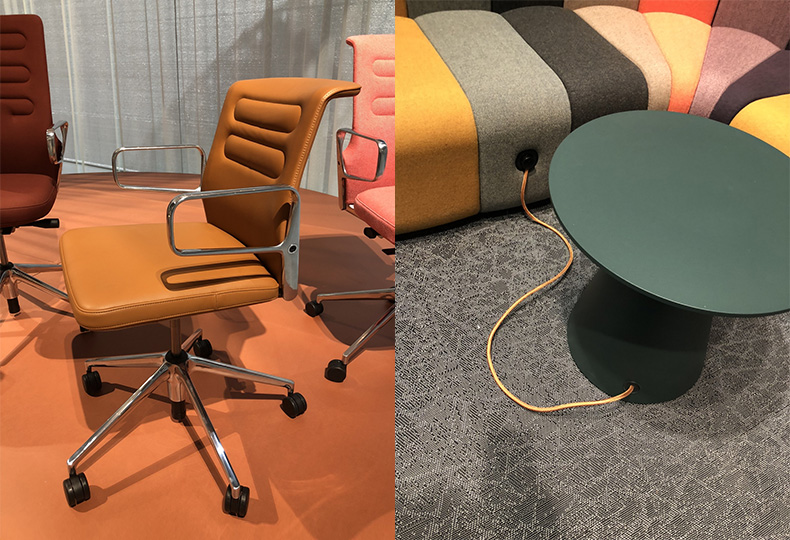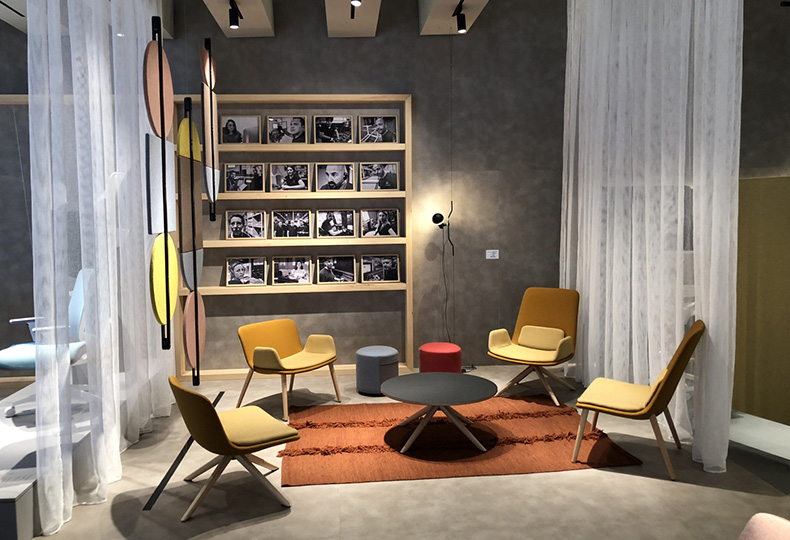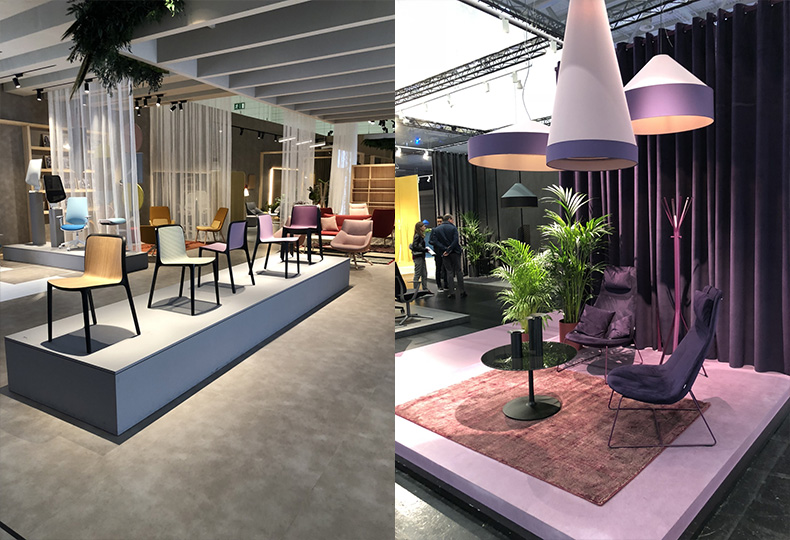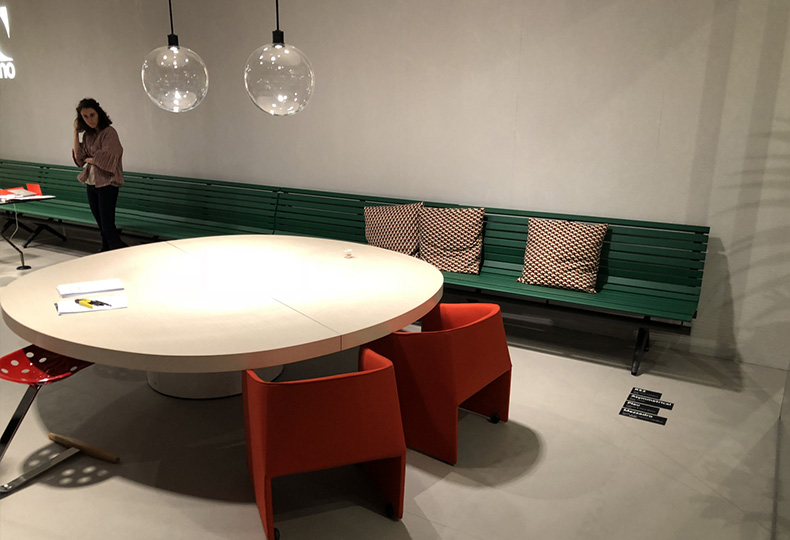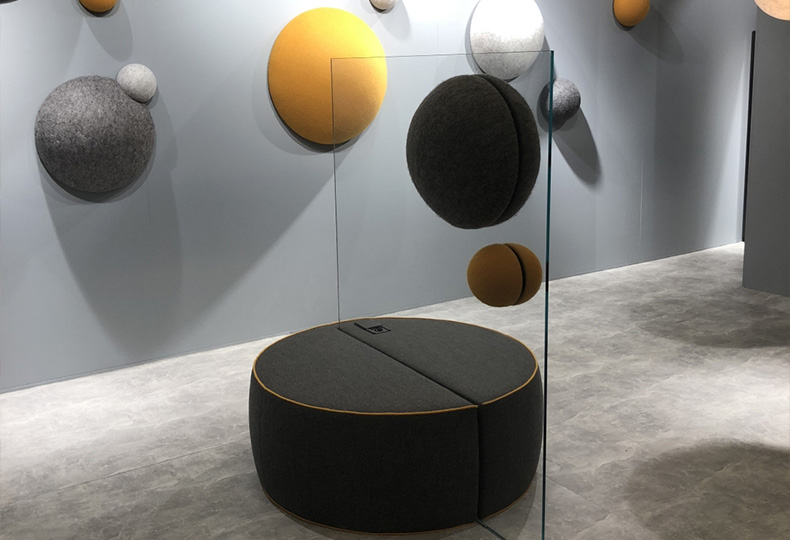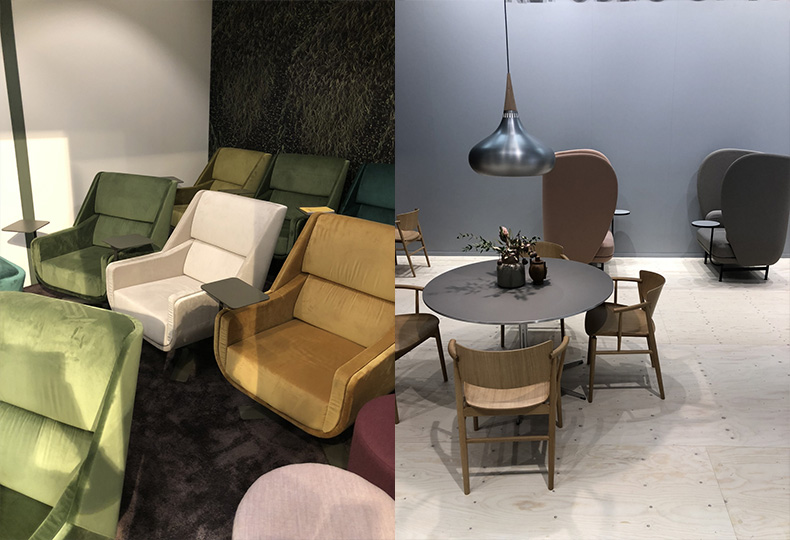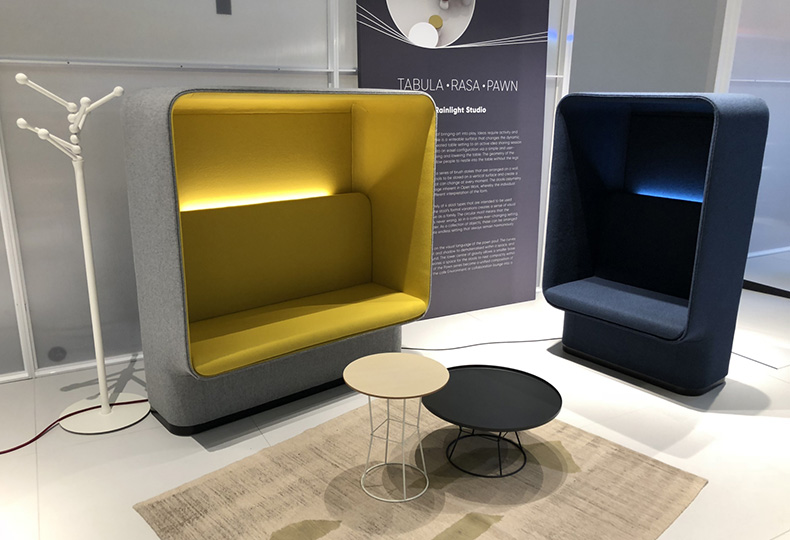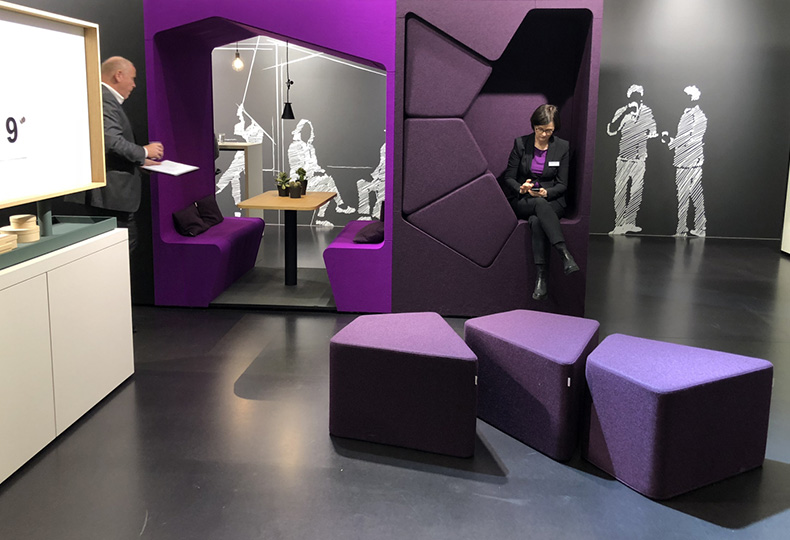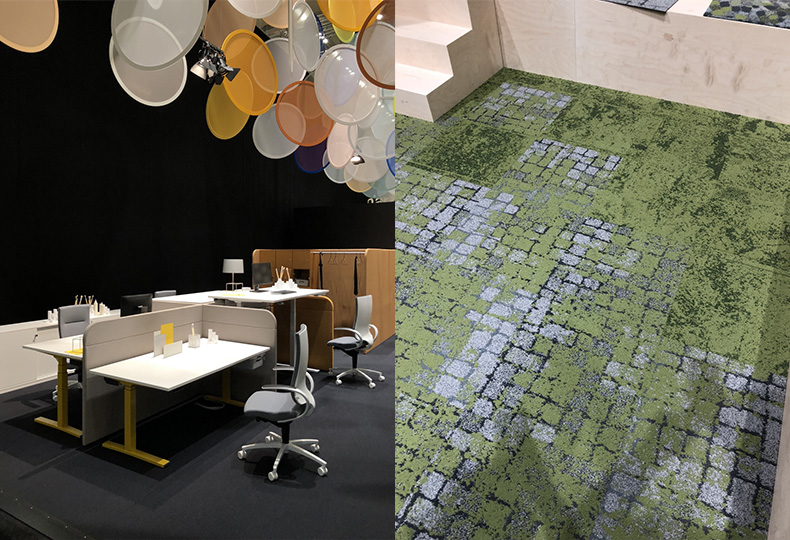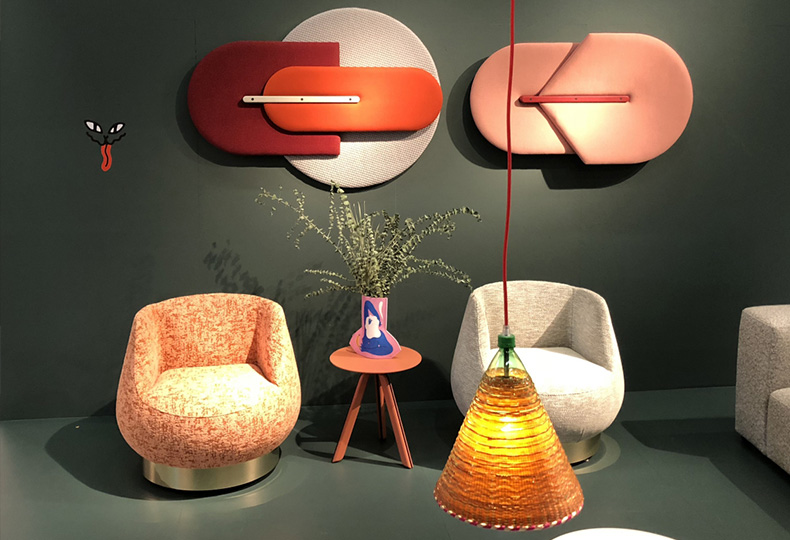
What Will Office of the Future Look Like: Viktor Dembovsky on Orgatec 2018
“Public space development is the most progressive branch of interior design”, Viktor Dembovskiy says with confidence. He visited Orgatec Trade Fair in Cologne and shared with us his vision of the changes the attitudes towards the public space design, as well as design in general had recently undergone.
 Victor DembovskyExpert in design and architecture history, lecturer, author of professional on-the-job training programs for designers at the international design exhibitions, such as Maison & Objet, IMM Cologne, iSaloni, etc.
Victor DembovskyExpert in design and architecture history, lecturer, author of professional on-the-job training programs for designers at the international design exhibitions, such as Maison & Objet, IMM Cologne, iSaloni, etc.
#Dembovsky
Twice a year Cologne hosts the largest public space design trade fair, Orgatec. That’s the venue, where the leading industry brads are given an opportunity to present their solutions for offices, lounge areas, hotel lobbies and other public spaces with high human traffic flow. The exhibition is rather unpopular among the Russian designers mainly because most our compatriots who follow the international design trends focus on residential interiors and limit themselves to iSaloni, Maison & Objet and IMM Cologne.
IT’S A COMMON MISCONCEPTION THAT ORGATEC IS THE INDUSTRY-SPECIFIC TRADE FAIR SUITABLE EXCLUSIVELY FOR THOSE WHO PURPOSEFULLY FOCUS ON OFFICES.
However, I prefer to look at it in a more general way, since it doesn’t simply exhibit chairs and desks, but demonstrates the changes in human perception and development of brand new approaches towards designing manmade life environment. If we add together Orgatec and Frankfurt Light + Building (which is, by the way, also not so popular in Russia and mostly goes unnoticed), we’ll be able to form a clear view of what to expect from the future interior design. Public space development is the most progressive branch of interior design. So that’s the reason why I go to Cologne – to see the future.
Here hardly anybody takes into consideration trending materials and seasonal colors, since virtually any item may be customized for a specific company. Many brands offer several hundreds of unique furnishing options even for a such simple item as a usual chair. The premier releases in Cologne do not follow the fashion trends, but focus on researches addressing such issues as the perception ergonomics, human circadian rhythm, working process psychology and actual business objectives. The design here is rather regarded as a research task, and a designer or an architect has to directly work with Big Data by processing the huge volume of diversified information. I may talk a lot about modern styles, follow the projects by global decorators and interior stylists, but I have to admit that the public space design is the only thing I consider to be really inspirational.
When talking about the trade fair, I don’t want to focus exclusively on some specific premier releases, especially taking into account the fact that it would take much more text volume only to list them all than it’s reasonable to include in the article. So I guess it would be much more easier to discuss several primary trends of office design development, where many modern brands have managed to achieve significant success.
The modern office isn't regarded as something bound to the walls anymore. In the context of our modern world, most companies often change, grow and shrink so fast that it would be appropriate to consider them as a sort of living organism that from time to time simply needs to change its business center shell and move to a new space. Responding to these common needs, virtually all office internals transform to the movable property, which can be easily packed and hauled away thus saving the time for repair and maintenance operations. Today, not only think-tanks and silence-boxes, but also entire workplaces, conference halls and presentation areas are designed not as brick-and-mortar premises, but as separate furniture groups with adequate soundproofing and quick connectivity to the utility networks.
I really like the solution offered by Finnish company INTO, which almost dissolves the boundaries between the office desk, the chair and the room in general. Along with various furniture units, the company also presented the freestanding partition stands that may be easily used to demarcate the open space interiors. I usually pay the most attention to the Scandinavian and German manufacturers, but this time I also want to distinguish young French brand SBS. Their conference halls and workplace areas are perceived as a separate items, while the module system allows to design various structural systems from separate cells.
Acoustics. The acoustic contamination of the open workspace is one of the greatest challenges the office equipment manufacturers are currently facing. From this perspective, I always follow the projects by Offecct. The company offers full range of office solutions, but their acoustic panels are virtually perfect. This year they presented the series inspired by Frank Lloyd Wright’s textile units. Like most other products offered by this brand, they are easy to install and dismantle, may bolster high decorative qualities and flawlessly perform to their intended purpose.
The floor and the ceiling are two most problematic surfaces that promote and amplify the sound. While the carpet tile always has been an excellent solution to the floor problem, the ceiling issue remained open up until recently. A great solution was offered by Belgian Buzzi Space that became one of my favorites at the exhibition. They managed to solve the space acoustics, lighting and decoration tasks with a single product, and I was particularly impressed with the BuzziHat lamps designed by Alain Gilles.
Ecology. Renewable resources, biodegradable plastics and waste recycling are certainly highly important issues, and this statement does not require any additional explanations. Here I observe notable connection between two interesting brands I’d like to tell about in more detail. These are Green Office, company which seeks to popularize the waste sorting through its designer waste bins and De Vorm, brand offering high-performing designer furniture made of recycled plastics.
The health of the employees. The corporate culture of many modern companies currently involves care about the health and the physical fitness of their employees. For those companies that cannot afford having their own football field or workout room, Turkish brand Nurus has presented its compact-sized and feature-rich gymnastic apparatus. It’s designed not for full-scale workout, but rather to allow office employees to stretch their body during the business hours by doing several easy physical exercises purposefully developed by the company specialists for their individual needs. Oh, and off course it’s hard to ignore the sport balls that recently joined the ranks of office furniture and are currently offered by such brands as VLUV.
Transformer office. Apart from fixed stationary workplaces, whose share is slowly decreasing, the modern office now tends to become a kind of interior landscape constantly changing to meet specific working needs. These tendencies have been addressed by Italian company Very Wood which released a series of furniture independent even on power sockets. The collections titled Isola and Rodeo feature powerful batteries with USB connectivity.
All photos: Victor Dembowski

